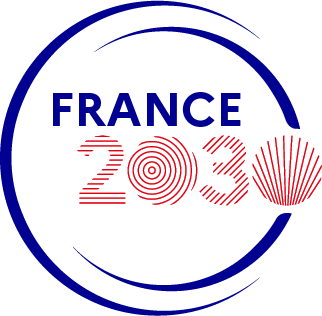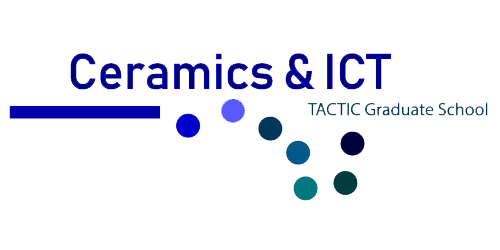- FR
- EN
You are here
"ALOHA news"
Submitted on Friday 06 June 12:00

For more than 10 years the team IRO/Photonique /XLIM has intended to promote the use of non-linear optics in the field of high-resolution imaging for astronomy in the frame of the ALOHA (Astronomical Light Optical Hybrid Analysis) project. This new concept uses a telescope array and insert, over the propagation of the beams, a device changing the wavelength of the star light or astrophysical source to be observed. A first stage had been reached in 2012 with a single telescope (“let us change the color of stars”) during a mission in the observatory of Mauna Kea in Hawaii. The next step is to validate the possibility to operate such telescope array on real astronomical sources.This way, in order to prepare this final stage in an observatory, we carried out a laboratory experiment with a prototype of the future instrument. Instead of a real star we used a black body which constitutes the most difficult source to manage in this context. This crucial stage demonstrated the validity of our approach and let us forecast a success in the frame of astronomical observation with our new instrument. This work was been published in April 2014 in Physical Review Letters (Impact Factor = 8) in collaboration with a research team of the Paderborn University.
More recently, (photos) we had a preliminary mission in the Mount Wilson observatory (USA CA) to test the sensitivity of the ALOHA instrument when implemented on the CHARA array (Georgia State University). Photometric measurement has demonstrated the possibility to reach Hmag =2. Internal fringes have been observed to find the position of fringes. The next step will be to get fringes on an astrophysical target. To be continued next year…










 UMR CNRS n°7252
UMR CNRS n°7252